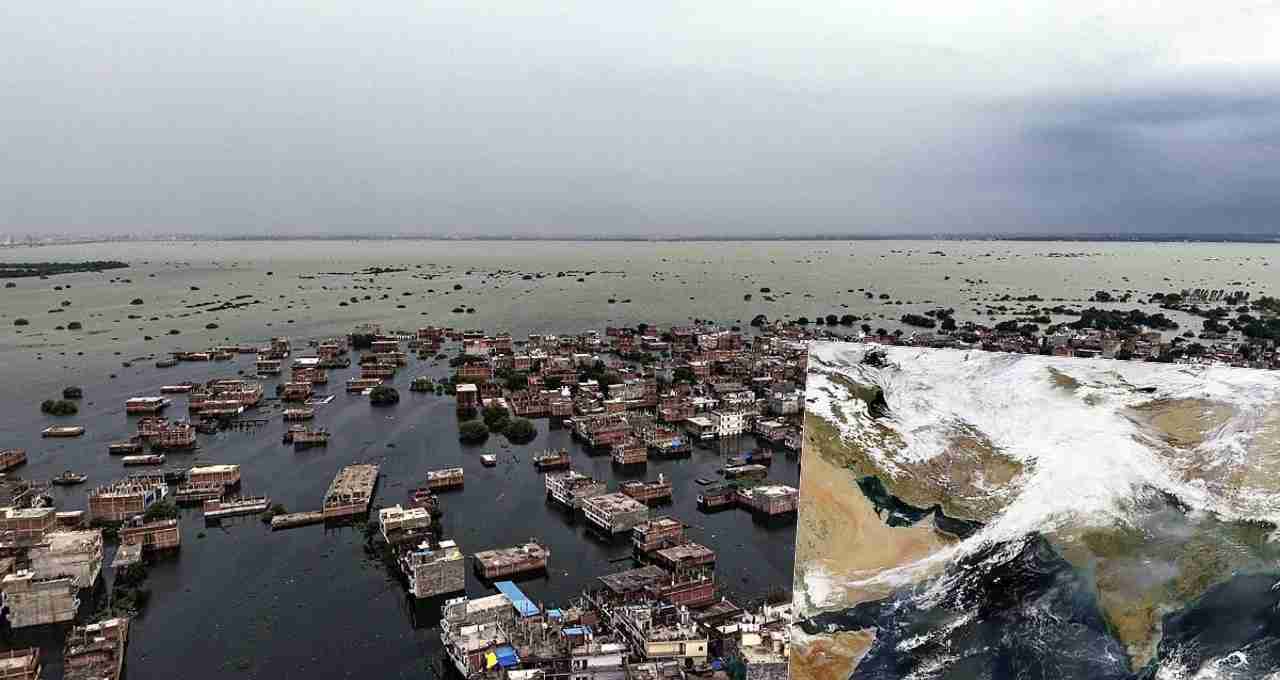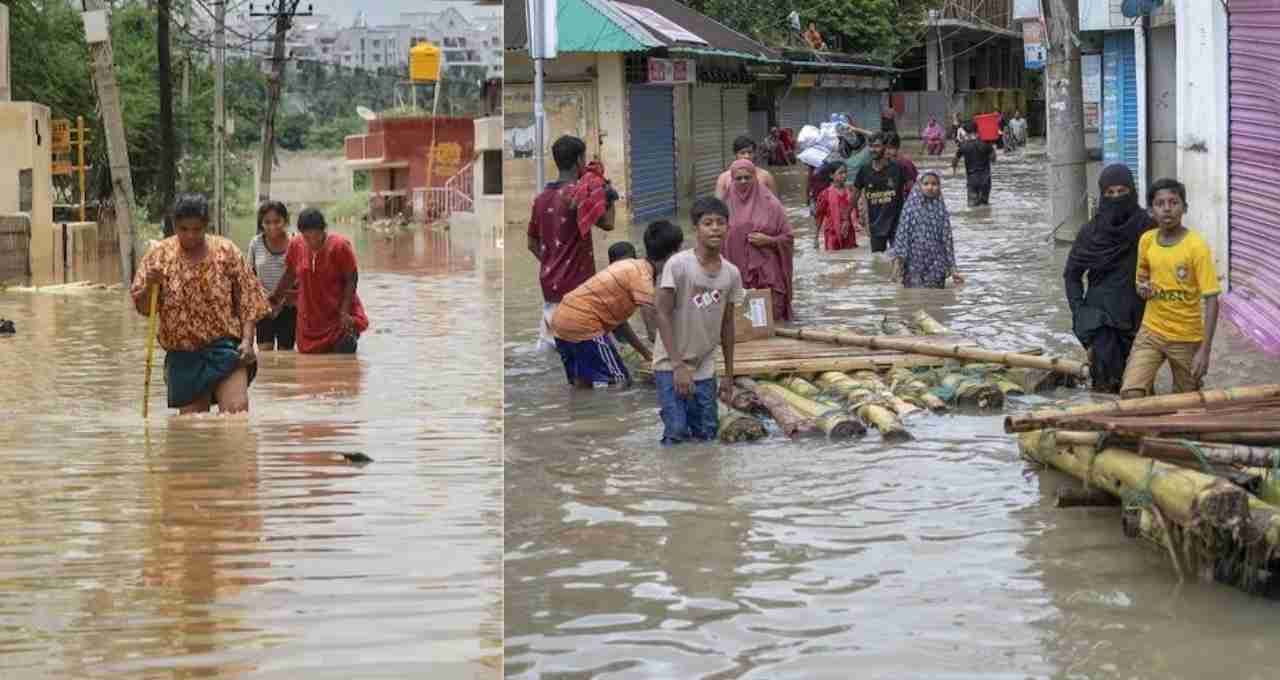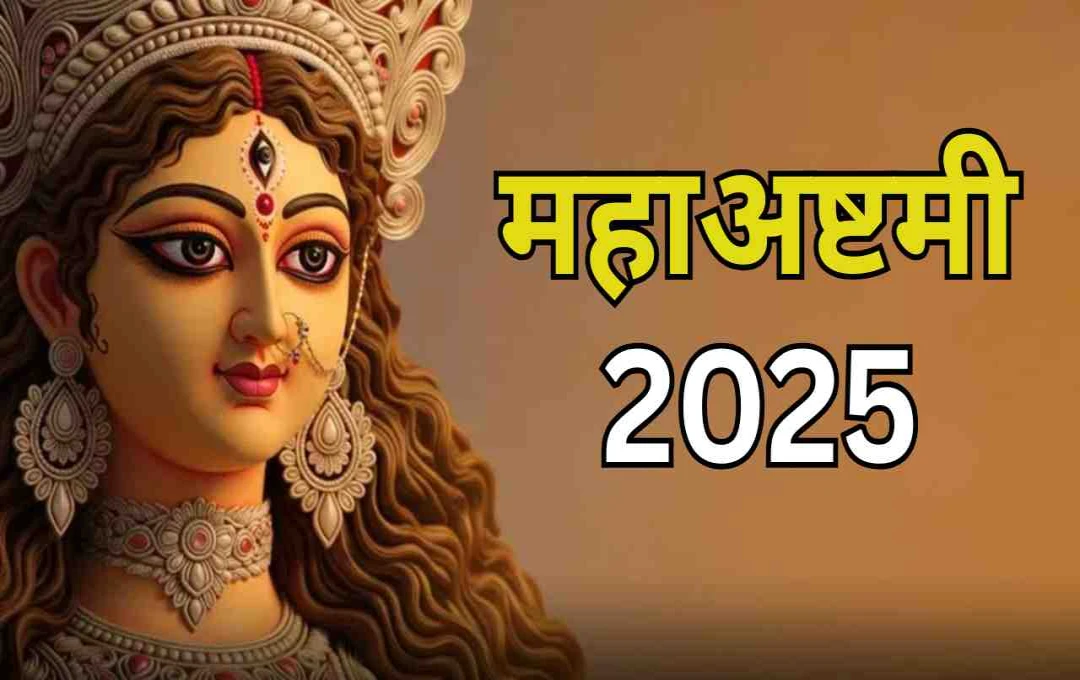Western Disturbances are no longer limited to winter. They are now causing floods in summer, havoc during the monsoon, and changes in winter patterns. Climate change is the main reason behind this, making it essential to remain vigilant.
Monsoon: India's weather is no longer behaving as it once did. Western Disturbances, which were previously a source of rain and snow during winter, are now causing floods in the summer and wreaking havoc during the monsoon season. Climate change, local warming, and changes in pollution levels are considered the primary causes. The Uttarakhand flood of 2013 and the floods in Delhi and several other states in July 2023 are severe examples of these effects.
What is a Western Disturbance?
A Western Disturbance is a wind system that flows from west to east. Between December and March, it brings snow and rain to the Himalayan states of northern India, such as Himachal Pradesh, Uttarakhand, and Jammu & Kashmir. These winds carry moisture from the Arabian Sea and cause rainfall when they collide with the mountains. The snow that falls in winter melts in the summer and feeds rivers like the Indus and Ganges, which are crucial for irrigation, electricity, and domestic needs for approximately 500 million people.

According to A.P. Dimri, a climate scientist at Jawaharlal Nehru University, winter rainfall is vital for the Himalayan states. It ensures water availability in the spring and helps recharge glaciers.
New Study and Signs of Change
A recent study published in the 'Weather and Climate Dynamics' journal reveals that Western Disturbances have occurred twice as often in June over the past 20 years, whereas they were previously rare. While they were formerly limited to December through March, they have now spread to May, June, and July. This change, combined with the summer monsoon, is contributing to floods.
Winter Benefits and Summer Risks
During winter, Western Disturbances deposit snow in the Himalayan states. This snow gradually melts, and the water reaches the rivers in summer, benefiting farmers through irrigation. Glaciers are also recharged.

However, in the summer months of June and July, they bring excessive moisture in conjunction with the monsoon. The flash flood in Uttarakhand in 2013 and the floods in Delhi and several other states in 2023 are examples of this.
Rajib Chattopadhyay of the Indian Institute of Tropical Meteorology says that this change is concerning. It could lead to more extreme weather events such as floods, storms, and cold waves.
Reasons for the Change
Climate change is the biggest factor behind this. The increasing temperature in polar regions has reduced the temperature difference between the northern and southern regions. This has weakened the subtropical jet stream, which used to keep Western Disturbances over India for extended periods. According to Kieren Hunt, a meteorologist at the University of Reading, the air is dry in winter, so floods do not occur, but it becomes dangerous in summer when combined with the monsoon.
The Tibetan Plateau is also warming rapidly, which strengthens the jet stream and intensifies Western Disturbances. Additionally, the reduction in air pollution in North India has warmed the air and strengthened the jet stream.














